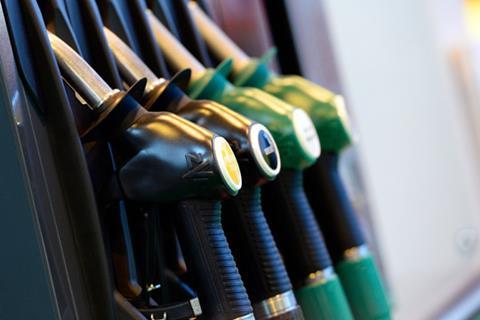
Fuel price transparency is beginning to inject competition back into the market, as petrol prices fall by £2.50 per tank in line with lowering wholesale costs, according to the AA.
Since petrol prices peaked at 150.1p a litre in late April, the motoring group has found they fell to 145.2p a litre on Tuesday, using Competition & Markets Authority (CMA) data.
The 4.9p drop in pump prices follows a two-stage decline in wholesale costs in the past two months, dropping 4.5p from late April to the first week in May, and then by another 4p in early June, amounting to 8.5p per litre overall.
The AA explained it can take up to two weeks for wholesale costs to be reflected at the pump as retailers sell off existing stock they bought at the previous price. This means motorists could be expecting average petrol prices to fall again to 140p a litre in the coming weeks.
However, among the retailers taking part in the CMA’s voluntary price reporting scheme Pumpwatch, there are nearly 500 forecourts already offering petrol at less than 140p a litre, compared to the 75 that were selling it at this price level three weeks ago.
More than 340 of them are supermarket-branded sites, including 120 Tesco forecourts, with Motor Fuel Group pitching in with more than 100 sites at this price. The last time the average petrol pump price was at 140p a litre was in January.
Diesel pump prices, meanwhile, have also been falling rapidly, as might be expected without the winter pressures of heating oil demand, and quicker than petrol.
On Tuesday, they sat at 150.4p a litre across the UK, down from 158.3p in late April. This coincides with an 8p drop in wholesale costs from early April to mid-June to 57p a litre, minus 52.95p a litre fuel duty, despite the traditionally lower margins retailers make on diesel due to business fuel cards and contracts.
“Normally, at this time of year, drivers would be gripping their steering wheels in anticipation of a summer surge in petrol prices,” said AA spokesman Luke Bosdet.
“The US summer motoring season’s extra demand for gasoline traditionally means bad news for holiday drivers in this country, before demand and pump prices eventually fall off from September onwards.
“However, this summer, the petrol commodity market has been flipped on its head. Pump prices remain historically high but drivers at least have something to smile about – for now.
“Yes, the fuel retailers have taken their time to get going, but the CMA fuel price transparency scheme is now beginning to show its potential. Directing drivers to the cheap fuel stations, thus putting pressure on the others, will have a much greater impact on pump prices.”
The open data fuel finder scheme is yet to become law, following the failure of the Data Protection and Digital Information Bill to pass through wash up before parliament was dissolved. The new government has proposed introducing a Digital Information and Smart Data Bill, which could provide the necessary legislative basis to set up the scheme.
The powers for the CMA to fulfil the statutory road fuel monitoring function, however, were conferred in the Digital Markets, Competition and Consumers (DMCC) Act 2024, which was passed in the wash up in May.
The motoring group’s analysis also found costs of using an ultra-rapid charger had fallen by 5p per kilowatt, and in July, when the electricity price cap comes into force, it is expected the cost of charging an electric vehicle at home will also fall.
Bosdet added: “The lower electricity price cap versus weakened petrol wholesale costs is an intriguing dynamic. Just when petrol prices looked like they might close the cost-per-mile gap with domestic EV charging, the new price cap steps in.”







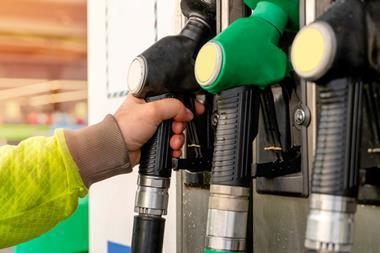
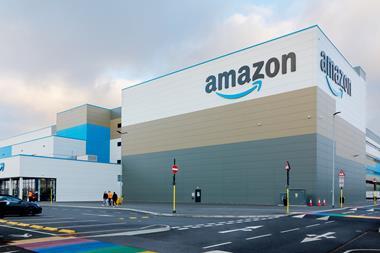
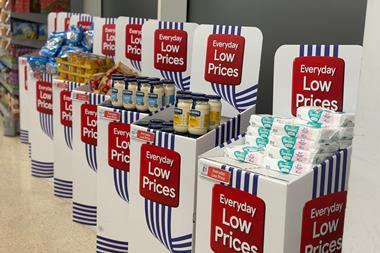




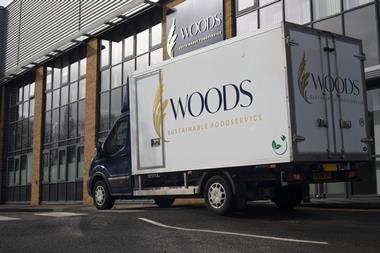
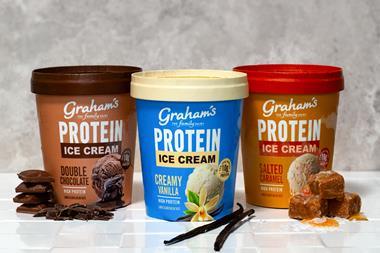



No comments yet